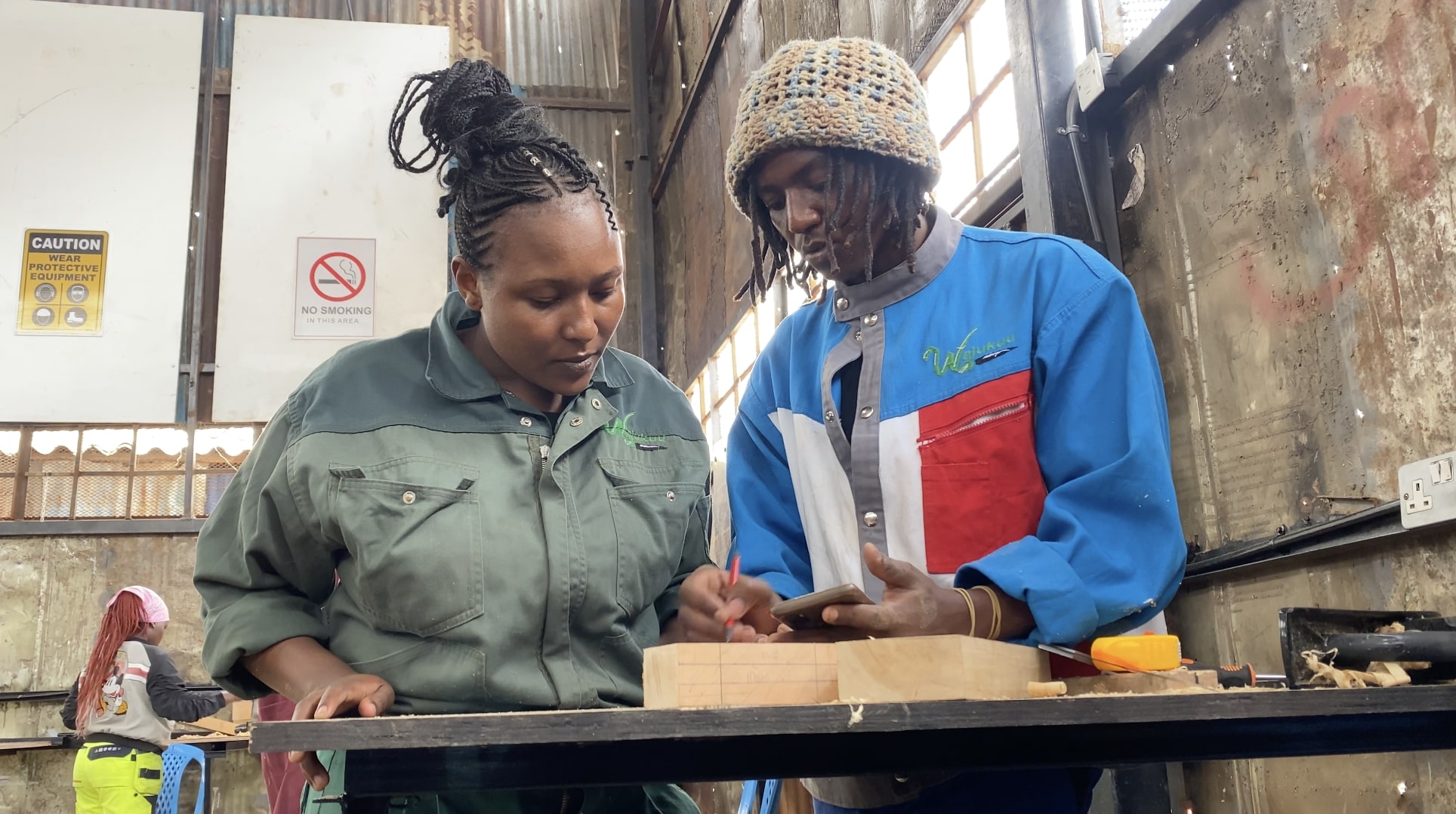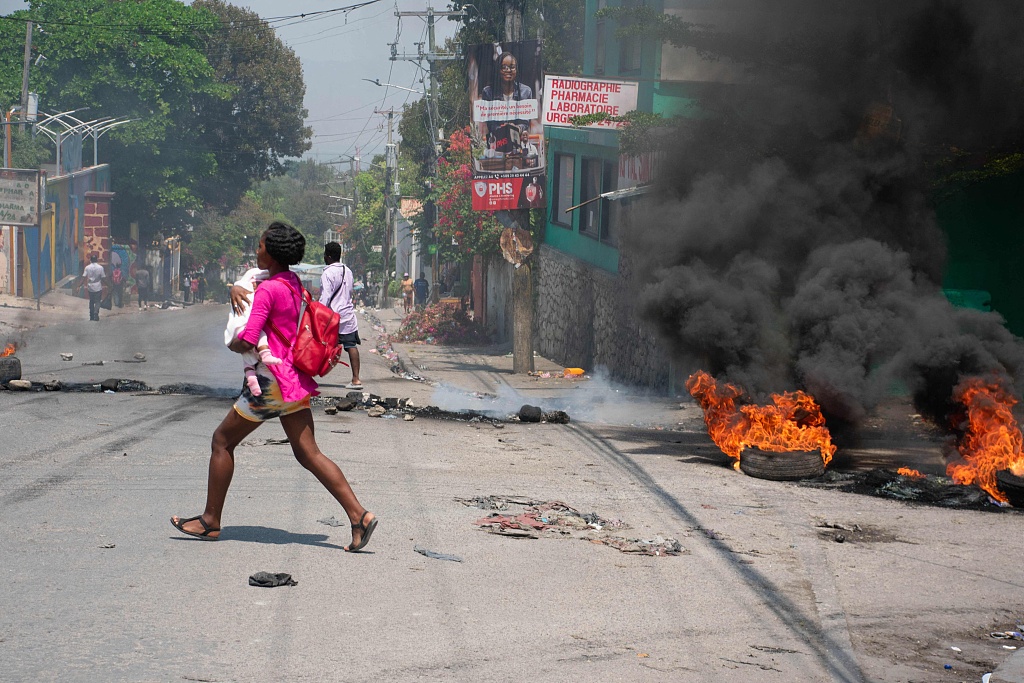HIV prevention:Have young women been forgotten?
Today is the beginning of a Webiner or a series of discussions over the website by stake holders in the HIV/AIDS sector about trials that have been conducted over the prevention of HIV infections among women in the West African region. It will go on for the next to weeks.
There have been interesting facts about how some new methods of preventing transmission have either worked or failed.
Helen Rees the principal investigator of one of the prevention methods the microbicide trial of vaginal 1% tenofovir gel in preventing HIV infection in women found no evidence of protection overall associated with the vaginal gel.
Partners Demonstration Project, which reported data at the same meeting, found that serodiscordant couples using oral PrEP and/or ART had very low levels of HIV transmission.
What do these and other data mean for women, including young women and adolescent girls?
Over the past one decade, the world has seen a change in the trajectory of the AIDS epidemic. Through enormous global prevention and treatment efforts, new infections have fallen by nearly 40 percent, and increased access to treatment has enabled millions more with HIV to live productively.
But experts say the advances that have been made have not benefited everyone equally. They say one area that needs more research is the area of preventing HIV infections in young women.
Women and girls become infected at disproportionately higher rates than men and boys. In sub-Saharan Africa, where the epidemic has taken the greatest toll, young women are twice as likely to be infected as young men.
HIV robs women of their lives, children of their mothers, families of their caretakers and communities of their workforce. Around the world, nearly 2,500 women are infected by HIV every day, and it remains the leading killer of women ages 15 to 44 worldwide.
Activists want young women to be the center of the focus on HIV/AIDS prevention because they are at the the highest risk of acquiring HIV.
First, women are biologically more susceptible to contracting the virus during heterosexual sex than men. Second, deep-rooted gender inequities and economic inequality too often stand between women and safe sex. Condoms, for instance, are highly effective when used consistently and properly, but many women are unable to negotiate condom use with their partners
Experts says there’s need for more female-initiated options that can work for and meet the needs of different women at different times of their lives. The past decade has seen amazing breakthroughs in HIV prevention.
All of the major advances in HIV prevention – voluntary medical male circumcision, treatment-as-prevention, prevention of mother-to-child transmission, and most recently, the use of ARV pills in healthy people to prevent infection known as PrEP, or pre-exposure prophylaxis – are scaling up to reach people in their communities. Unfortunately, oral PrEP has not proven to be a workable intervention among young high-risk women in Africa. This means they still lack a method they can use to protect themselves from HIV.







